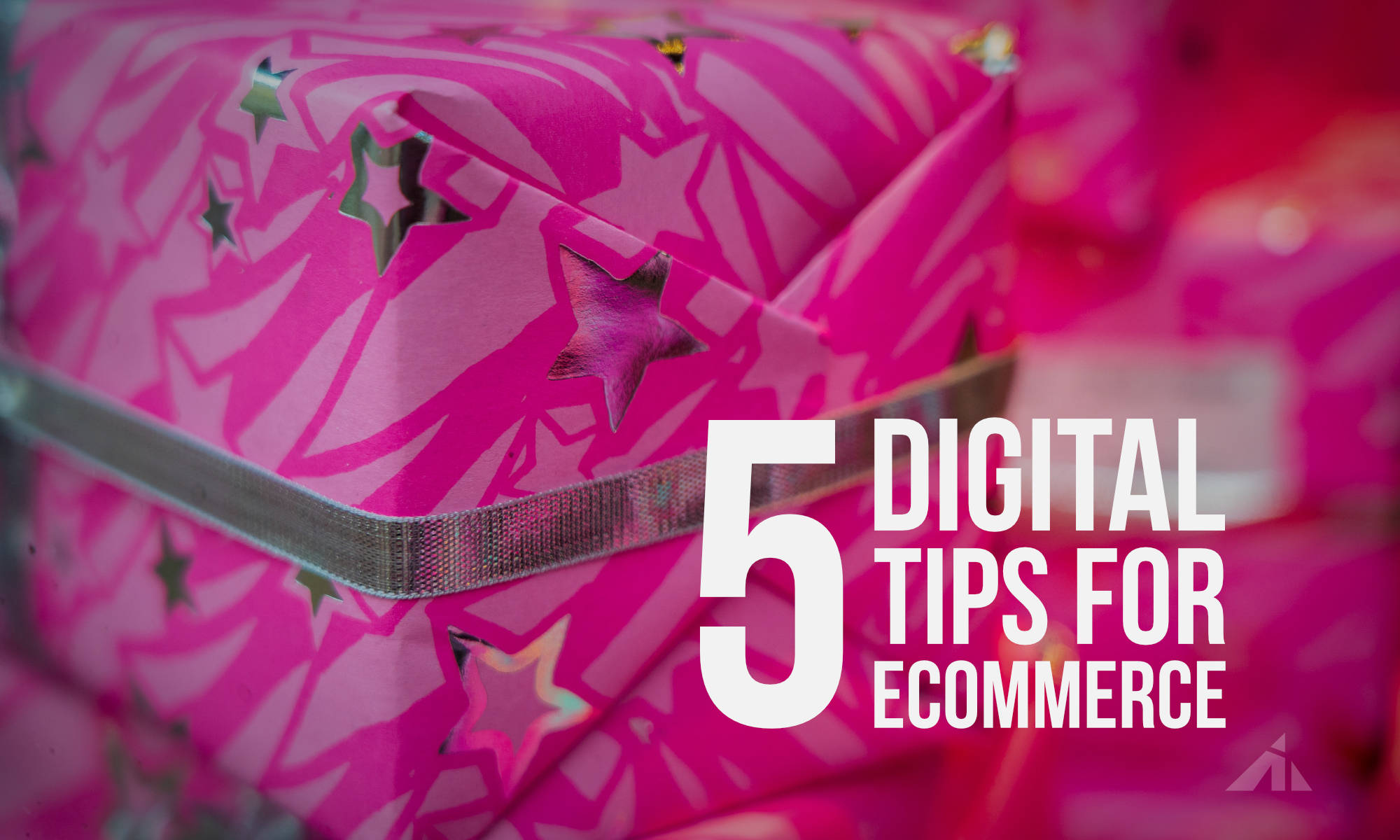Note: I had recently written a slightly different article under a similar premise for the company I work at, and I thought I could write another one, this time, a little more catered towards designers, developers, and/or e-commerce shop owners.
Holiday season is closing in. Ecommerce is becoming increasingly more important. Yada yada. Right. Hook sentence done, y’all are hooked. Good. Let’s move on.
People are willing to spend money over the holidays. Yes they are. Plus, they are expecting to run into some great deals that could sway them. (Source) So let’s do that.

Tip 1. Mobile first, sort of
I have a whole series of posts being written on “mobile first design” to be published soon, so that’s for another day. Here, I mean prioritize mobile traffic.
OK, to be fair, your analytics might tell you that mobile traffic isn’t important. That can happen. It sure happens to me. Close to 90% of my traffic is on desktop. (Probably because my audience is people who make websites, and they drop by for a quick tip… so they come to the site during work, at their desk.)
However, for most of your clients who run ecomm sites, that’s most likely not the case. Remember, mobile traffic is huge, but conversion rates are lower (almost half) than desktop. However, the shopping process starts with mobile. (Source)
Simply put, mobile devices are used predominantly for information and quick searches than actual purchases.
You see something you want to buy, and you start searching for good deals on your phone. We all do that… right? Yeah you do. Google has the data to prove it. (Source)
OK.. So… during those searches, if you or the customer run into a website that a. don’t have much info, or b. looks horrible on mobile? *close tab*
So what can you, as someone in the industry, do in preparation? Here’s a real quick checklist:
- Check all the pages on your website on your phone, and a different phone, preferably someone with a different OS, and/or different screen size.
- Check to see if all the text is easy to read. (Pay close attention to product spec tables. They go out of whack real easily)
- Check if the navigation menu is easily found/accessible (anything beyond the words “menu” or hamburger icon has potential to be missed)
- Check if the search function works. (try testing with both generic words and specific product model numbers)
Note: If you suddenly feel you need to up your game on mobile responsive development, have a look at this course. Also coupon code “endofyear2020” gets you 66% off.
Tip 2. Offer early gift ideas
After Black Friday, “gift idea” related searches show an uptick… because consumers are out searching for… gift ideas. (source) Depending on your shop or store, you can definitely leverage this to your advantage.
How many secret Santa’s are you a part of? How many generic boring gifts do you have to give? How many people that you don’t know too well are still on the receiving end of your shower of chrissy pressies?? (Christmas presents) They’ll still need a present, right? Sort of on the low end price point? What’re you gonna do? Just get bath bombs or cheap wine? Or at least get something funny or unique?
Survey says…. More unique products! That is, given similar price points, people enjoy purchasing more unique products over generic ones. (Source)
Some ideas:
- Market products as gift ideas on social media, and target the specific niches
- Offer incentives for early bird purchases
- Make simple and straightforward, but unique product packages (Even a “gift package for the boss” can be as boring as a box of staples or as quirky as a “yes” button)
- For devs/designers: Make a promotional section on the homepage, and make some popups or banners on the site. Make a new category just for new gift ideas and add products to that so you’ll get a whole archive page of “gift ideas.”

Tip 3. Offer straight up discounts or free stuff
Have you tried to purchase something, but it came with a plethora of conditions where if you jump through a bunch of hoops, you might get a discount?
How did it make you feel? Confused? Unsure? Apparently a lot of people think so too.
That’s why simple deals work better than convoluted conditions.
Consumers prefer price discounts and free shipping vastly more than “buy one get one” type deals or cash back deals. (source) From the shop’s perspective, BOGO might seem like a good way to squeeze more money out of the customer, but it’s not as effective as simply discounting prices.
So…
- Don’t try to get your web developer to make super confusing rules of purchase on your online store. (waste of development time, for weaker return, also as a developer.. eww.)
- Make simple, easy to remember coupons that work across the board so there’s no confusion whether customers will get that discount or not.
- If you want to offer free shipping, prominently display the announcement on the site and on your socials.
Side note: Searches for “free shipping” increase around mid-December, because, frankly, the window for delivery is closing, but consumers are still looking for a deal. (source)

Tip 4. It’s not just ecommerce
Good news! It’s not just online shops. People need to socialize! People used to socialize. (remember that?) That’s why food and beverage is the second most popular spending category, and almost 60% of socialization spending is for restaurants, and a quarter is for accommodation. (Source)
Note: Depending on where you live, some areas have opened up, and many have not. I currently live in QLD Australia, and we’ve been pretty good with containing COVID and the whole country is opening up, and we can dine out, have parties, and all that stuff. …
HOWEVER, if you live in a country that is still struggling with the pandemic, then this tip does not apply to you… probably next year…? Stay safe in the meantime.
So, the tips. Restaurant websites are usually not ecommerce, but there are still a lot of actionable things you can check:
- Make sure your website works well on mobile. (See the list from tip 1)
- Make sure there’s a reliable way for people to book online. (This can be as simple as a “book now” button to an email. WordPress booking plugins are hard to set up quickly and sometimes problematic to get all the employees onboard, so go with the simplest solution.)
- Make sure your phone number is listed on your Google My Business account.
- Make sure your phone number is shown on Google Maps.
- Make sure your phone number is easy to find on the website, and linked. (like this: href=“tel:5552368”)
- Consider adding more photos to your website and/or Google listing. (Again, similar approach as tip 1. People like to do research, and having more photos keep them on the listing and leaves a more positive impression)
Tip 5. Store hours
Right after the window for delivery by Christmas closes, so around mid Dec, the surge in “store hour” searches go up. Combined with people wanting to socialize, get ready for (socially distanced mask wearing) foot traffic coming your way.

The search term “store hours” show the largest spikes on Christmas eve, black friday, and boxing day. (source) It’s not surprising if you think about it, but it’s easy to overlook.
So, what do you do about it?
- Make sure your business’ Google accounts have trading hours listed, and is updated.
- Make sure it’s easy to find on your website. (somewhere in the footer or header should work)
- If you have special holiday trading hours, make sure it’s prominently shown
- Update your socials to show trading hours
Conclusion
Although the world is going through a really hectic time, online commerce is still doing well.. even better than before. You or your clients can leverage this change by at least getting on top of this whole ecommerce thing. Good luck!
Also, please follow my IG, it features web tips, CSS tips, hopefully in a funny way.




